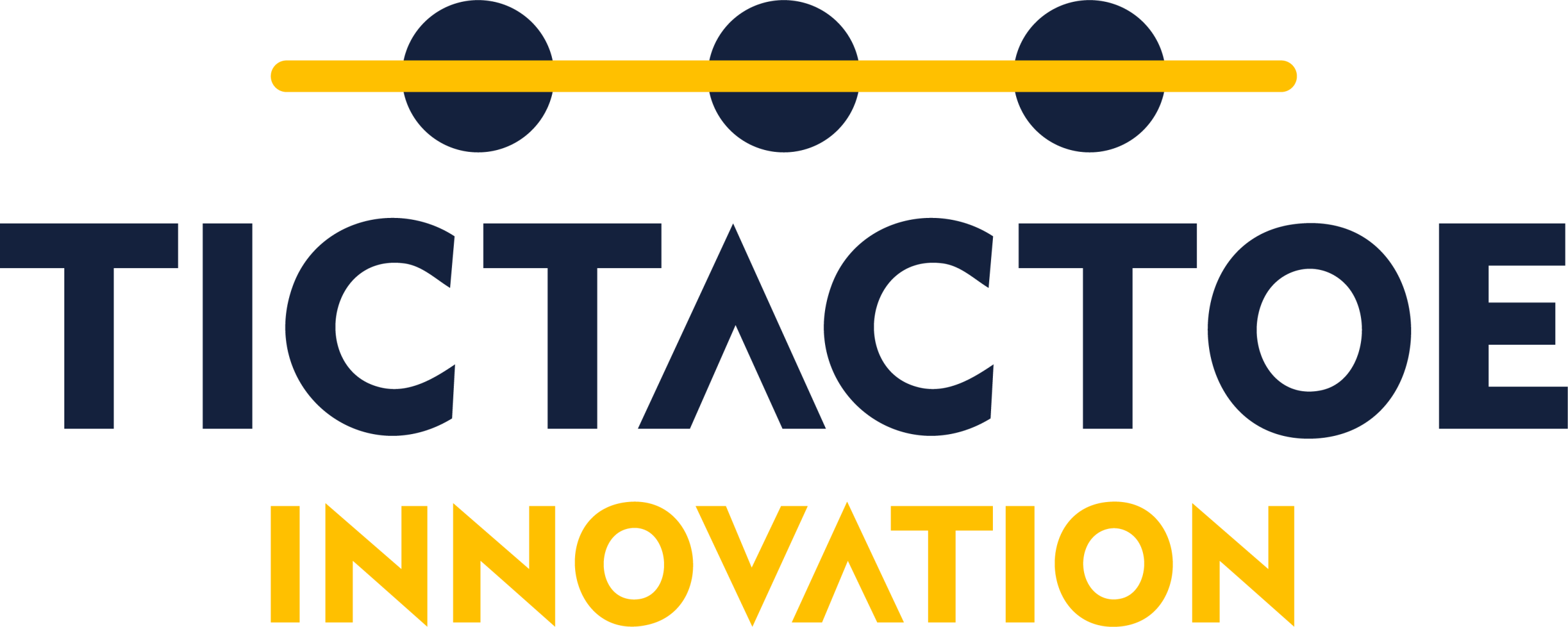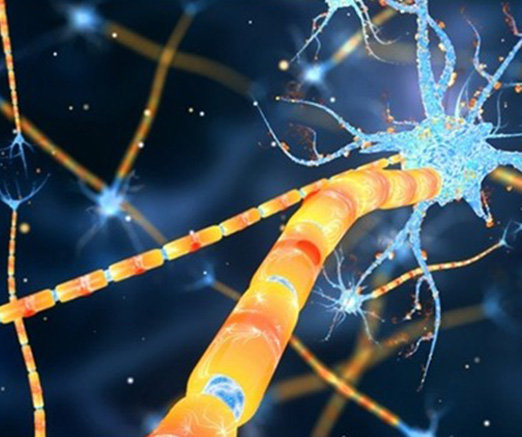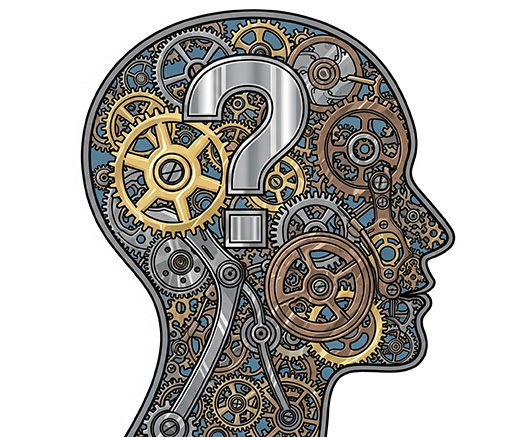
How Our Brain Works – Episode 2 (Lets Myelinate our Neurons!)
May 9, 2024
The Crucial Role of Curiosity in Driving Innovation
June 20, 2024We are born with more than 80 billion neurons, and we keep that number of neurons throughout our life. Nothing too exciting here.
The excitement lies in understanding the journey of synapses. Synapses are the places where neurons connect and communicate with each other. Each neuron may have hundreds of thousands of synaptic connections with neighboring neurons and other cells enabling them to pass an electrical signal to another neuron or to a target effector cell.
In a newborn baby, those 80+ billion neurons are not highly connected. However, when they start their development, as they explore the world, new neuron synapses are formed. We can imagine these synapses like little roads between neurons that are created in our brain as we explore the world. During this time synapses are formed profusely, creating more than will be needed. As they experience the world, the number of synapses will grow from 2,500 per neuron to 15,000 per neuron by age two or three! That 15,000 is approximately double the number in adult brains (Gopnick, et. al, 1999) synapses. During the first 2 years, it is estimated that the baby form 40.000 new synapses each second.
The “Aha!” Moment
Once the synapse is formed, it can be strengthened or weakened, this depends on how often the synapse is used. In other words, you “use it or lose it”. The process of removing irrelevant synapses is referred to as synaptic pruning and it is intended to drive efficiency by eliminating those connections/paths that are not being used. Synapses drop sharply during adolescence then stabilize in adulthood and continue to decline late in life.

This is a scientific reality behind a well-known human truth. When we stop learning, our brain will stop developing. It will continue to prune non-used roads and will not create new ones unless new learning happens. When we observe and learn a new reality, a new behavior, a new learning, a little road is created between neurons enabling us to connect ideas that were not connected before and imagining new possibilities.
“The early years are the most active period” but new connections can form throughout life and unused connections continue to be pruned”. Brain Architecture. Harvard University
We should never stop exploring the world and forming those new roads discovering what is new to us , connecting ideas, boosting creativity and enabling innovation to flow.
Another fascinating reality is how those little roads /connections can be strengthened and transformed into information highways, but that will be discussed in our “How our Brain works Episode 2” (link here).
In the meantime, keep exploring!
Diana





